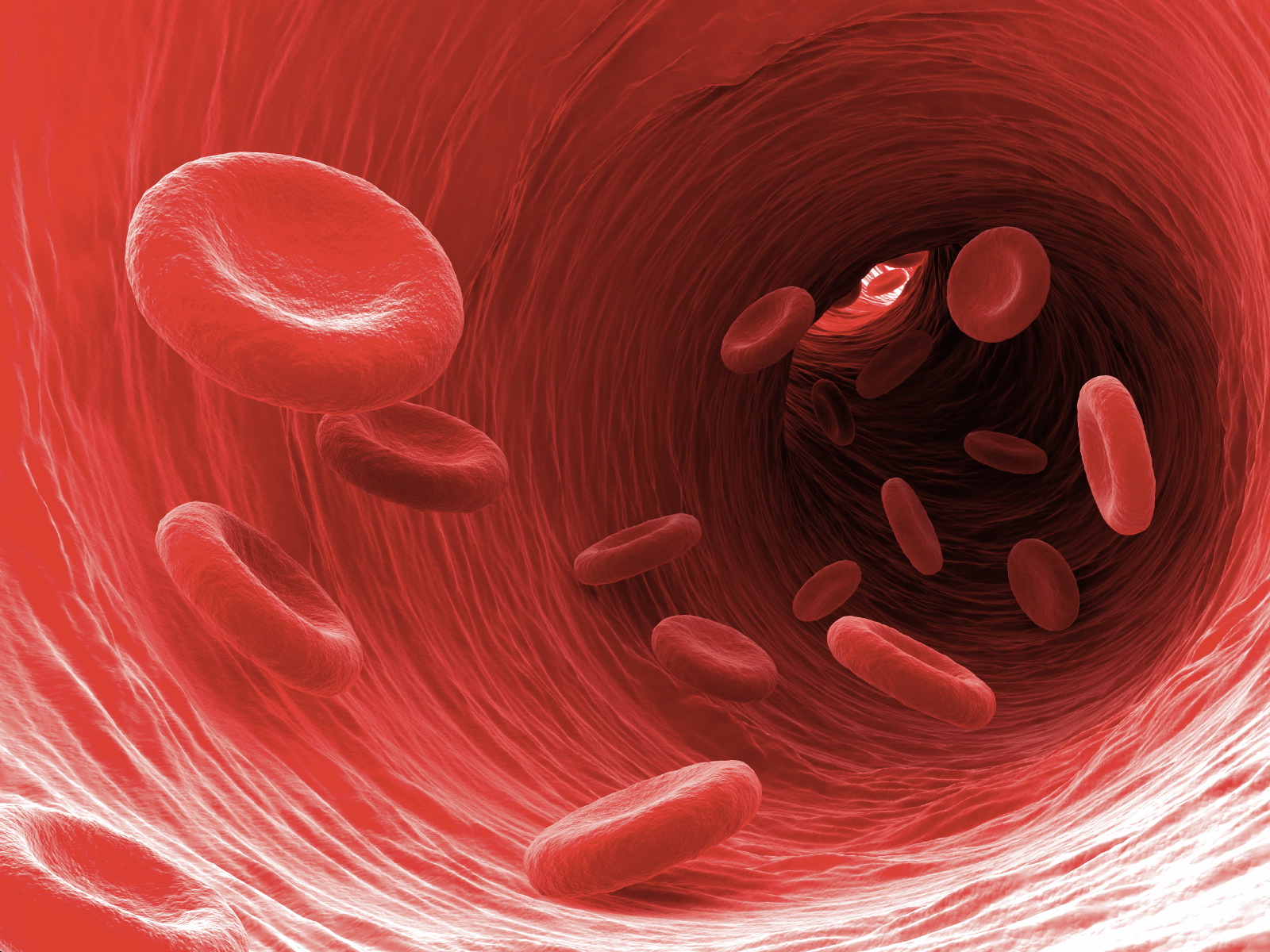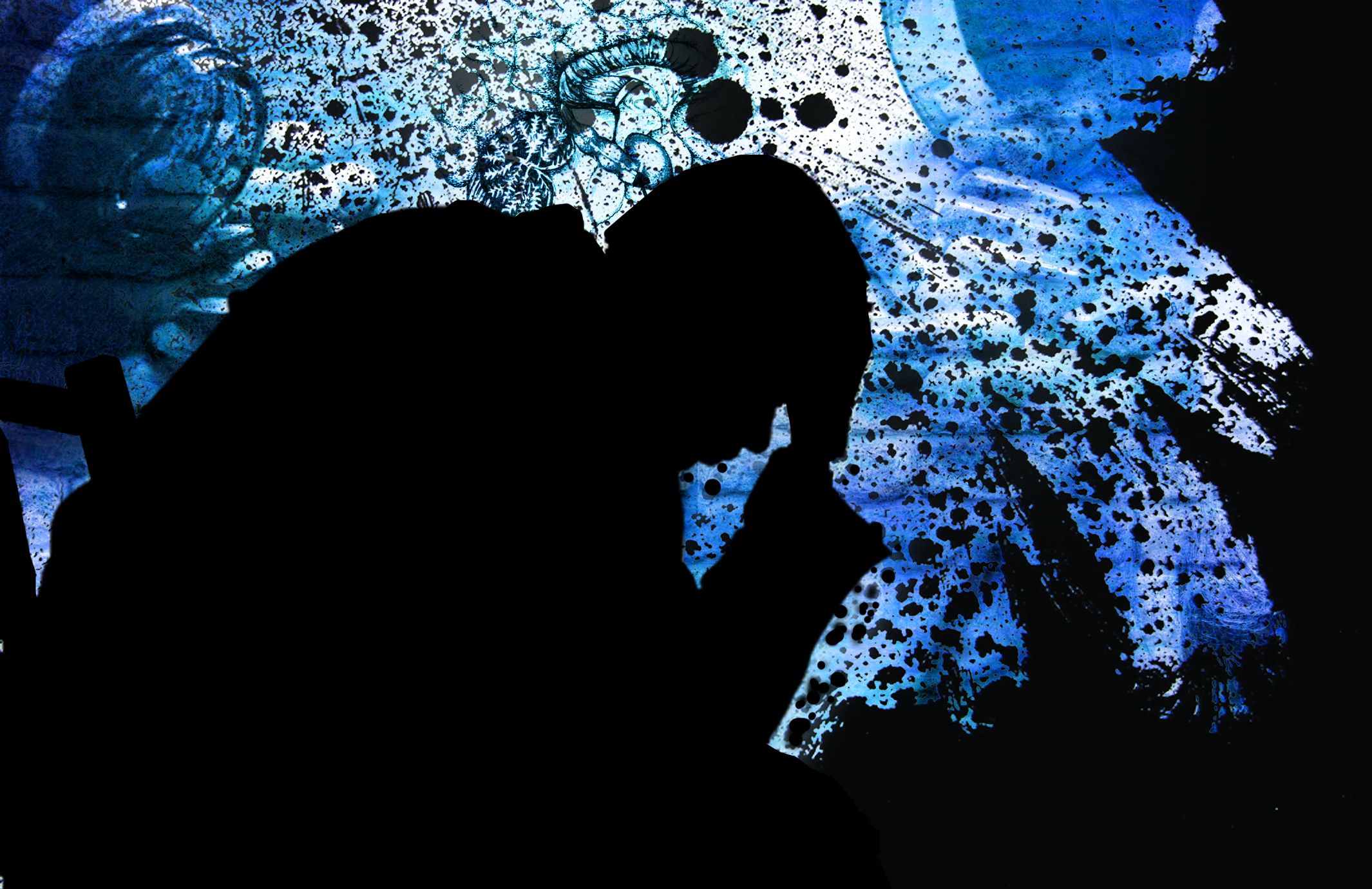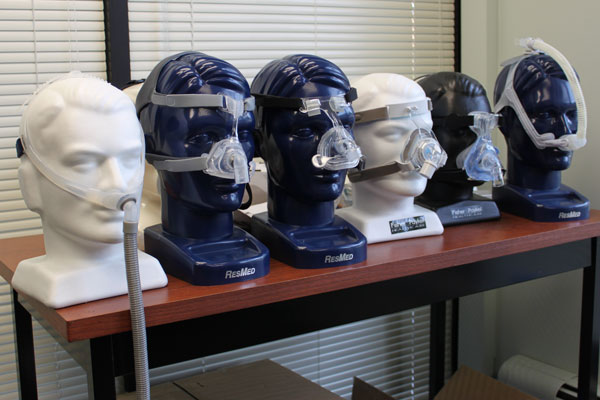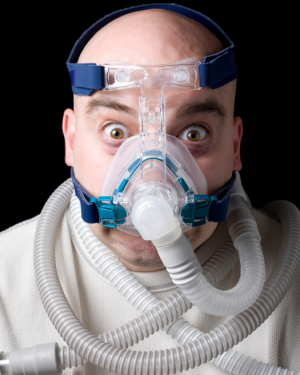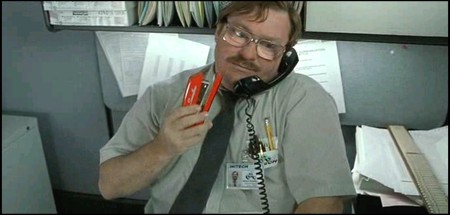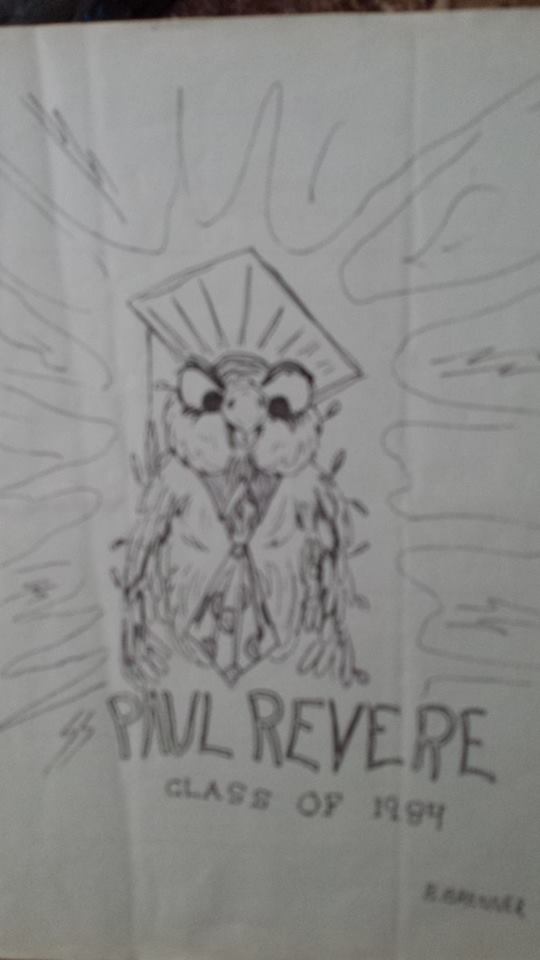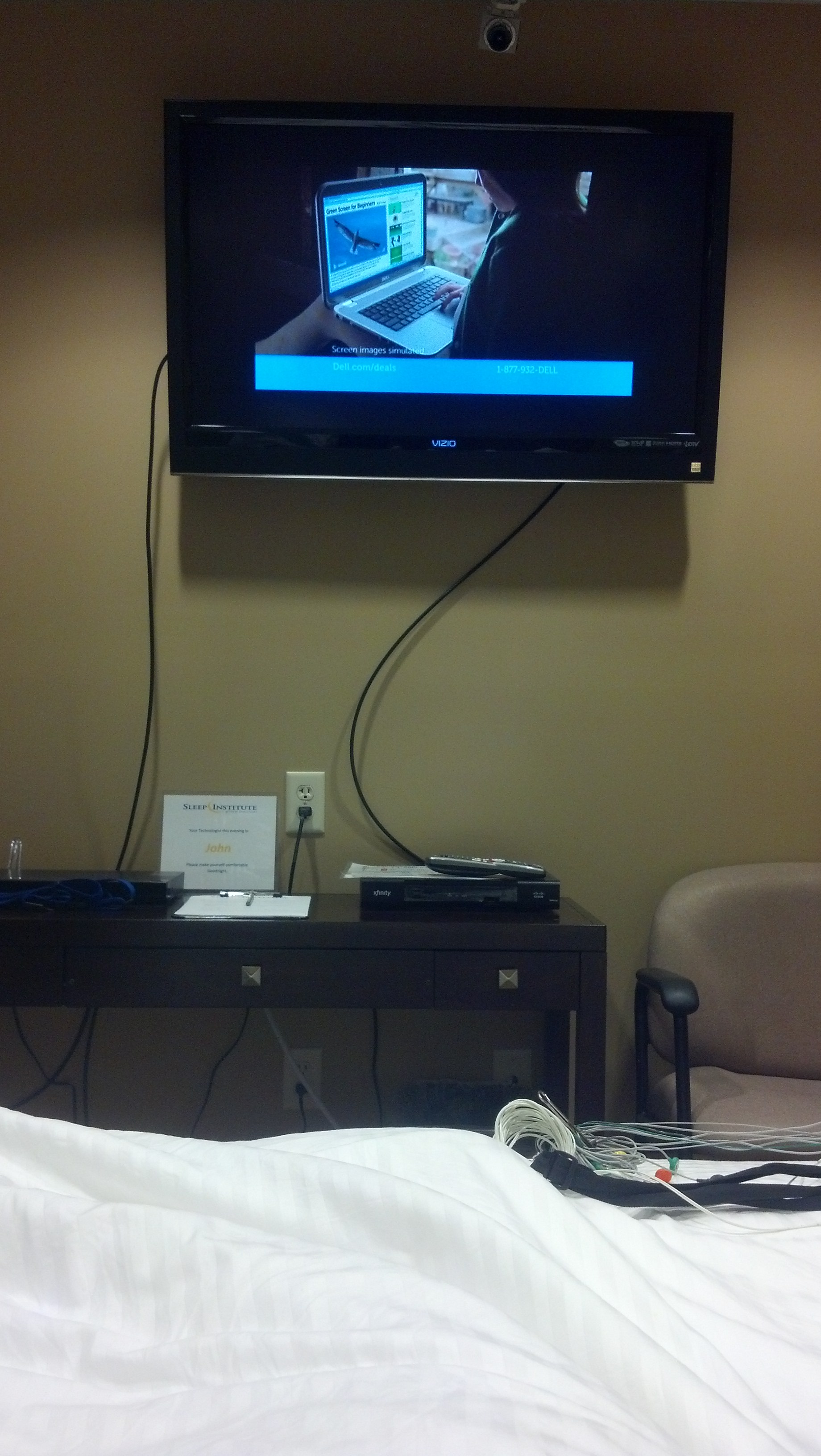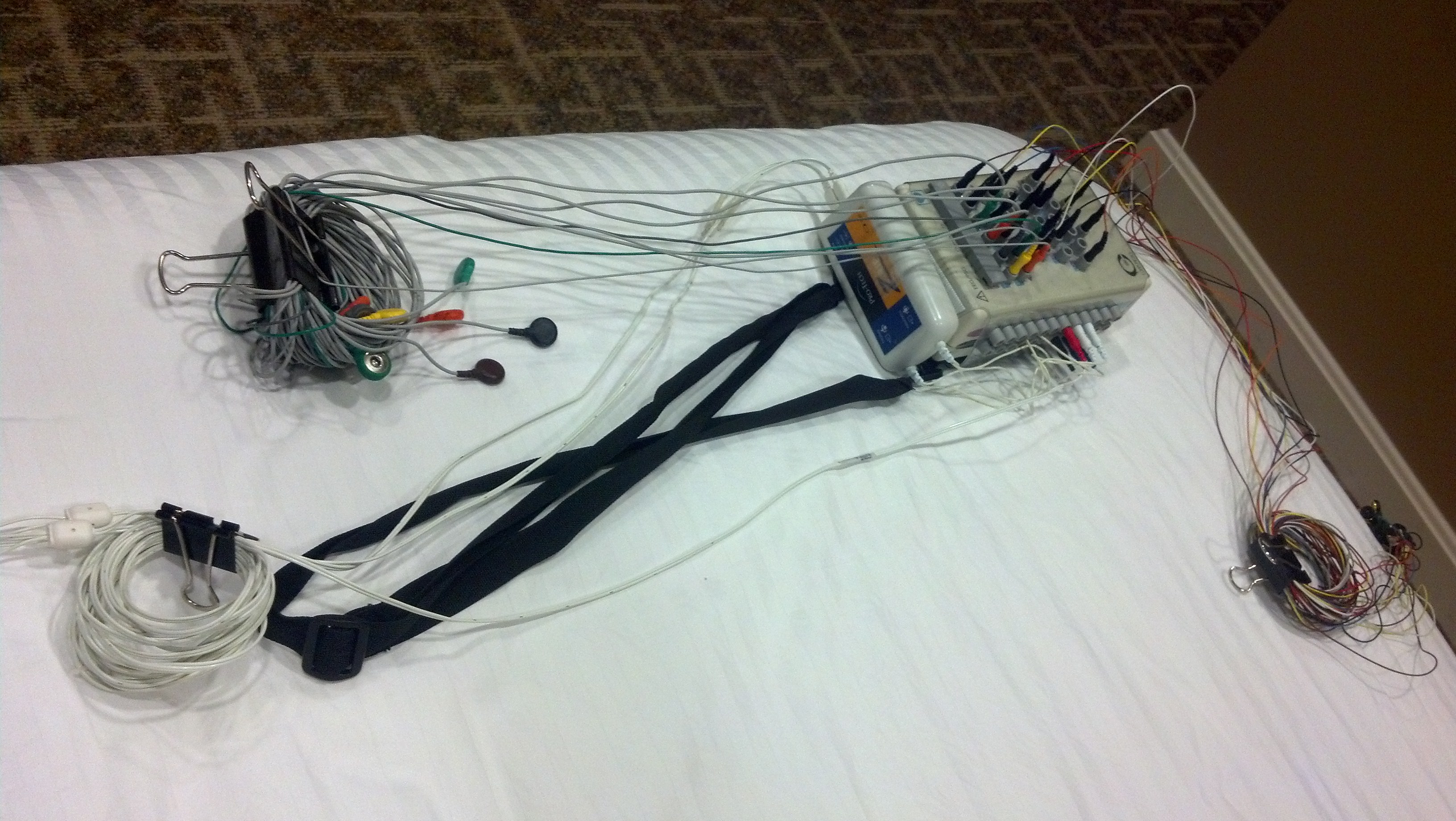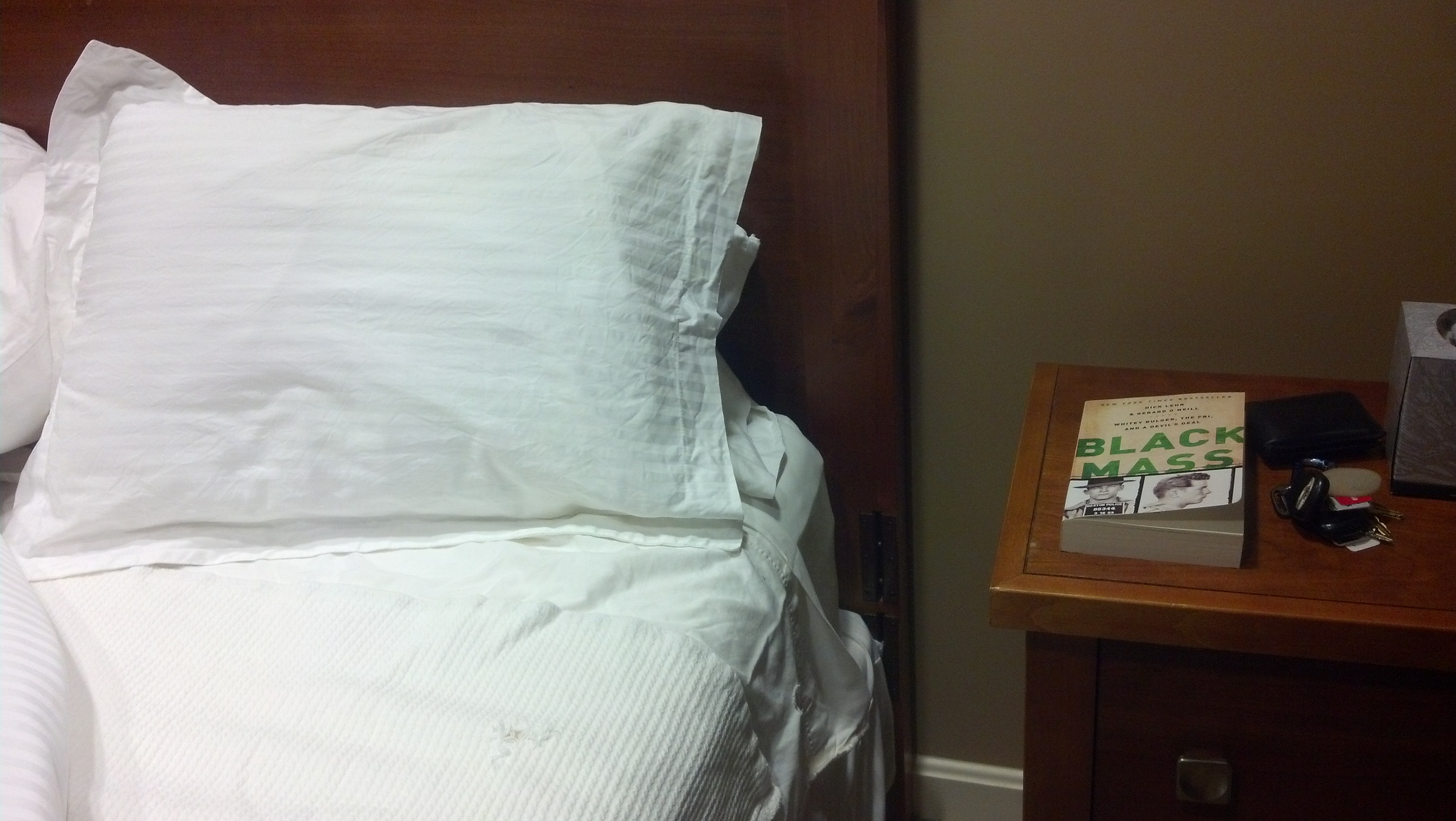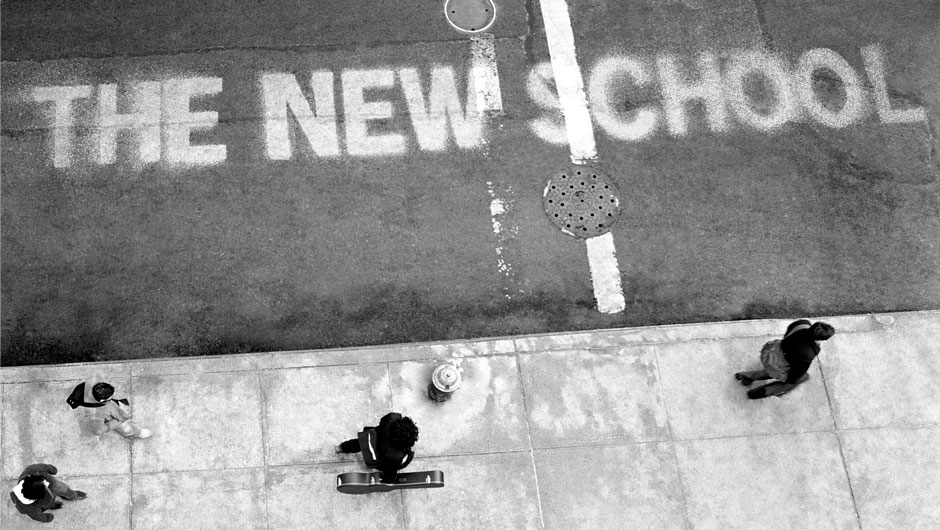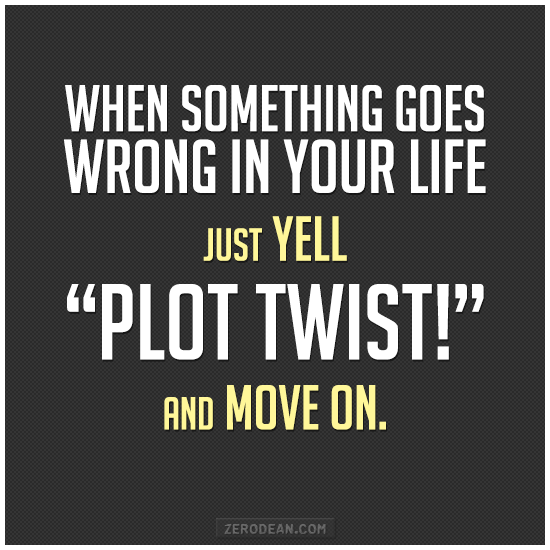A friend sent me a fascinating article yesterday about medical advancements in which a person’s severe depression and suicide could possibly be predetermined by biomarkers in their blood.
Mood music:
The article in Nature outlines how six biomarkers in blood can conceivably identify people at risk of suicide. Indiana University psychiatrist Alexander Niculescu and six of his colleagues published their findings in Molecular Psychiatry.
They identified nine men with bipolar disorder who are part of a larger, separate study. Between testing visits, the men had gone from no suicidal thoughts to strong suicidal thoughts.
These men’s blood samples were compared to blood samples from nine men who had committed suicide. According to the article, “This enabled [the scientists] to narrow their list of candidate biomarkers from 41 to 13. After subjecting the biomarkers to more rigorous statistical tests, Niculescu’s team was left with six which they [were] reasonably confident were indicative of suicide risk.”
The researchers have a lot of work left before they can prove beyond reasonable doubt that suicidal tendencies are detectable through blood tests. Still, I’m for any medical research that might speed the process of identifying people before they’re too far along in their suffering to be helped.
I don’t think it’ll ever replace the hard work a person now goes through to achieve mental wellness. Imbalances in blood and brain chemistry are problems that must be addressed. But it’s just as important for someone to identify the environmental and historical triggers that put them at risk.
My own challenges with depression have been shaped by personal history. I went through stuff as a child and young adult that will forever color how my mind perceives and reacts to life’s everyday trials. To get to where I’m at today, I had to talk to therapists about what I was feeling and untangle the web of memories that left me prone to out-of-control OCD and long stretches of melancholy.
Changes in diet and medication were also required.
To be fair, despite vicious bouts of depression, I don’t recall ever being suicidal. Whether my blood had the warning signs is anyone’s guess. It could be that I was lucky enough to get help before my problems became suicidal material. Or it could be that suicide was never something I was at risk for. Between my depression and watching more than one friend’s life end by suicide, it is a subject I’ve become obsessive about.
Maybe a blood test could have found signs of trouble in my friends and me earlier on. I’m not sure we’d have escaped the hardships that developed, but maybe we could have gotten treated sooner. Either way, it doesn’t matter now for us. They’re gone and I’ve found ways to manage my mental health through other means.
But if it makes a difference for people in the future, then the work of these researchers is something to celebrate.
